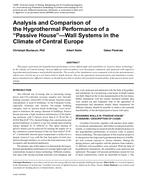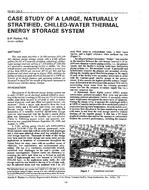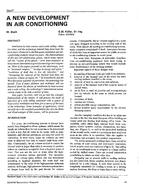During FY75 the Construction Engineering Research Laboratory, under funding from the Office of the Chief of Engineers, engaged in a research effort to develop a method for the preliminary determination of the feasibility of heating and cooling buildings with solar energy. The principal objective of the work effort was to provide a simple means for estimating the expected performance of a given solar heating and cooling system when applied to typical buildings in various regions of the United States. To accomplish this objective, computer simulation was employed to perform numerous parametric studies and provide typical performance curves for two Army buildings at five sites. The procedure employed was as follows:
- Using hourly climatological data tapes obtained from the National Climatic Center, hourly building load estimates were made for each building at each site using the National Bureau of Standards Load Determining (NBSLD) Program.
- Using hourly incident solar radiation data from the National Climatic Center and the hourly load determined using the NBSLD Program, a series of parametric studies were performed using a solar system simulation program developed by the Construction Engineering Research Laboratory.
Using this Rrocedure and more than 200 full-year solar system simulations, the effects of collector area, collector tilt angle, storage tank volume, and heat exchanger effectiveness were examined. Results of these specific studies as well as a method for generalizing these results are presented.
Citation: ASHRAE Transactions, Volume 82, Part 2, Seattle, WA
Product Details
- Published:
- 1976
- Number of Pages:
- 10
- File Size:
- 1 file , 780 KB
- Product Code(s):
- D-SE-2406


